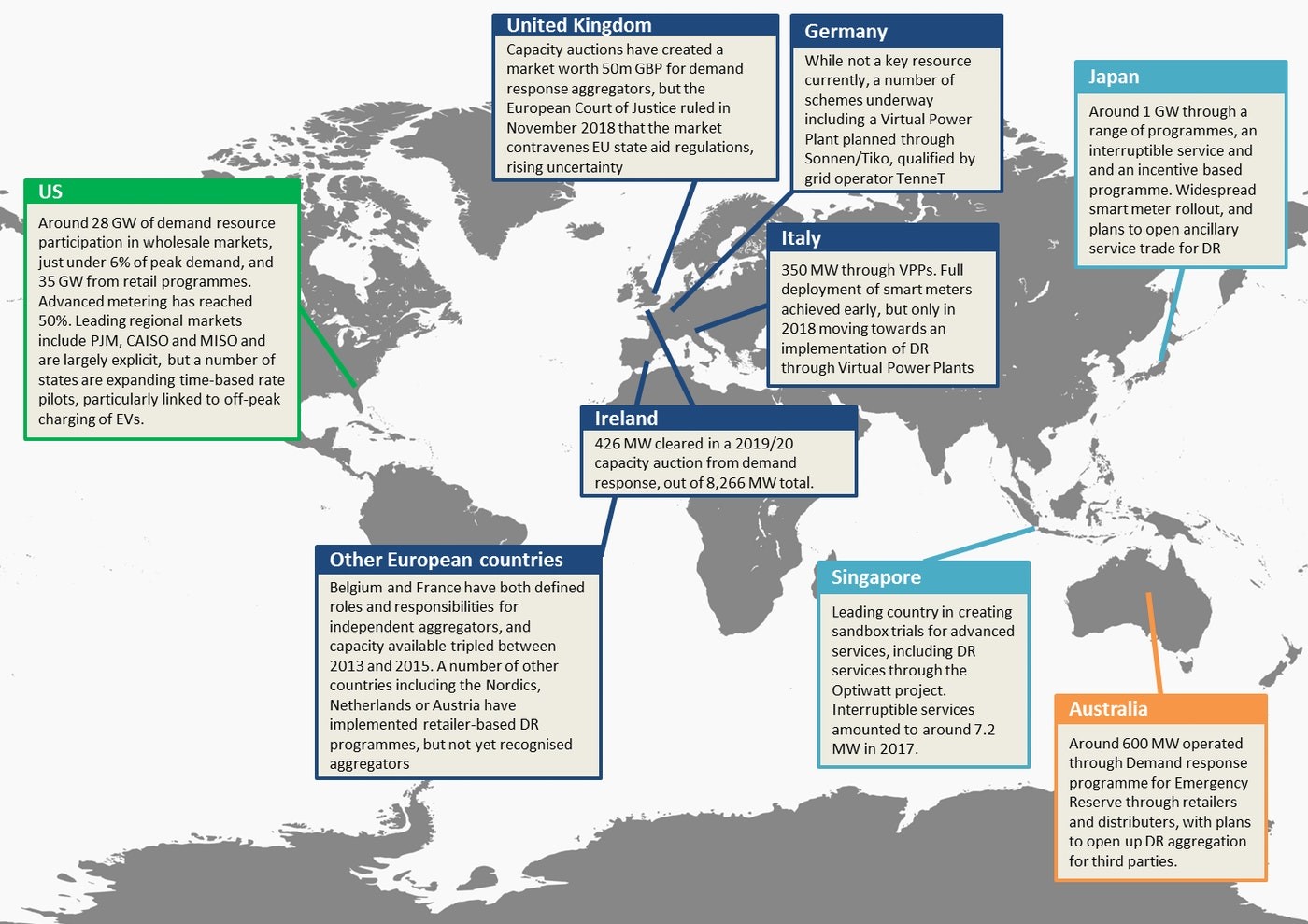

Biomass is a term indicating degradation of biomass material with aerobic and anaerobic combustions. To formulate a sustainable plan, an analysis is presented on the current utilization of village energy resources to supply clean energy. These gases generate risk to human health and reduce soil fertility. These practices are harmful in producing emissions of significant amounts of green-house gases and matter of dispersed nature. Especially, the uses of crop residues for electricity generation not only mitigates the problem of power quality issues but also resists the practice of burning crop residue in open fields. It leads to significant reduction in fuel consumption. Some of the researchers have proven that these natural resources can be used to generate the electric energy to enhance the living standards of the villagers, thereby providing clean energy and reducing the burden on conventional grid.

The energy yield is possible through these sources available in rural areas and can be harnessed in an efficient way for catering energy demand. Geographically, long ago, India has abundant natural resources of solar photovoltaic (PV) energy, animal wastes and crop residues. The uses of renewable energy resources have provided the optimum solutions to make all villages electrified and self-sustained in their energy requirements. However, it has also been revealed that the overall production of electric energy in India may not able to fulfil its emerging needs for commercial and domestic end users. In recent times, India is poised to build a reliable and provide a cost-effective eco-system in the future by the optimal utilization of its resources of renewable energy. Majorly, its gross domestic product is shared by power sector in making it a self-reliant economy. In recent decades, India is the third largest consumer of electricity across globe. It is envisaged that the proposed model can be a road map for future research engineers in designing an effective energy utilization for villages. It has been revealed that the computed cost of energy and total net present cost are $0.032/KWh and $76,837, respectively, by the parametric assessment of proposed HRES system. In this way, the accurateness of proposed model is investigated by estimating the optimal electric power demand and its economic benefits. Also, a coordinated solution for solar PV-operated water pumps used for irrigation, village water supply and solar PV street lights is presented and analyzed.
#DEMAND RESPONSE HOMER ENERGY SOFTWARE#
HOMER software provides optimal solution for a commercial biogas plant for catering cooking gas demand. In order to achieve this, a hybrid renewable energy system (HRES) model is proposed whose performance is evaluated by implementing it in hybrid optimization model for electric renewable (HOMER) software. Aiming this, the potential to harness electric power and its effective utilization has been identified from the available resources of energy: biomass, agriculture waste and solar photovoltaic (PV) technology. Primarily, the requirements of electric energy are recorded and elaborated for around 450 households.

The chosen village is Nangal, near Barnala, Punjab, India. The gray region in both plots highlights the duration of the DR event.This paper unveils a sustainable energy plan for optimal utilization of available electrical energy resources for an energy-deficient village. The lower plot shows the battery state of charge. The upper plot contains the load (black line), grid purchases (blue), and other components that were used to serve part of the load during this DR event. The section on the right contains two plots. This shows the total kWh in throughput from the battery during this event and the wear cost of the battery to allow you to compare it against the demand reduction incentive ($/kW).

If a battery was used to serve some part of the load during this event, the second table would appear as below. The second table gives breakdown of other on-site components that were used to reduce grid purchases during this DR event. The total incentive earned by reducing grid purchases The actual grid purchase during the event The load from which the demand reduction is calculated (= Load peak during event - Actual peak during event) The load reduction achieved during this event The demand reduction incentive that applies to this DR event (in $ per kW reduced) The duration in hours for how long the DR event lasted The date and time when the DR event started


 0 kommentar(er)
0 kommentar(er)
